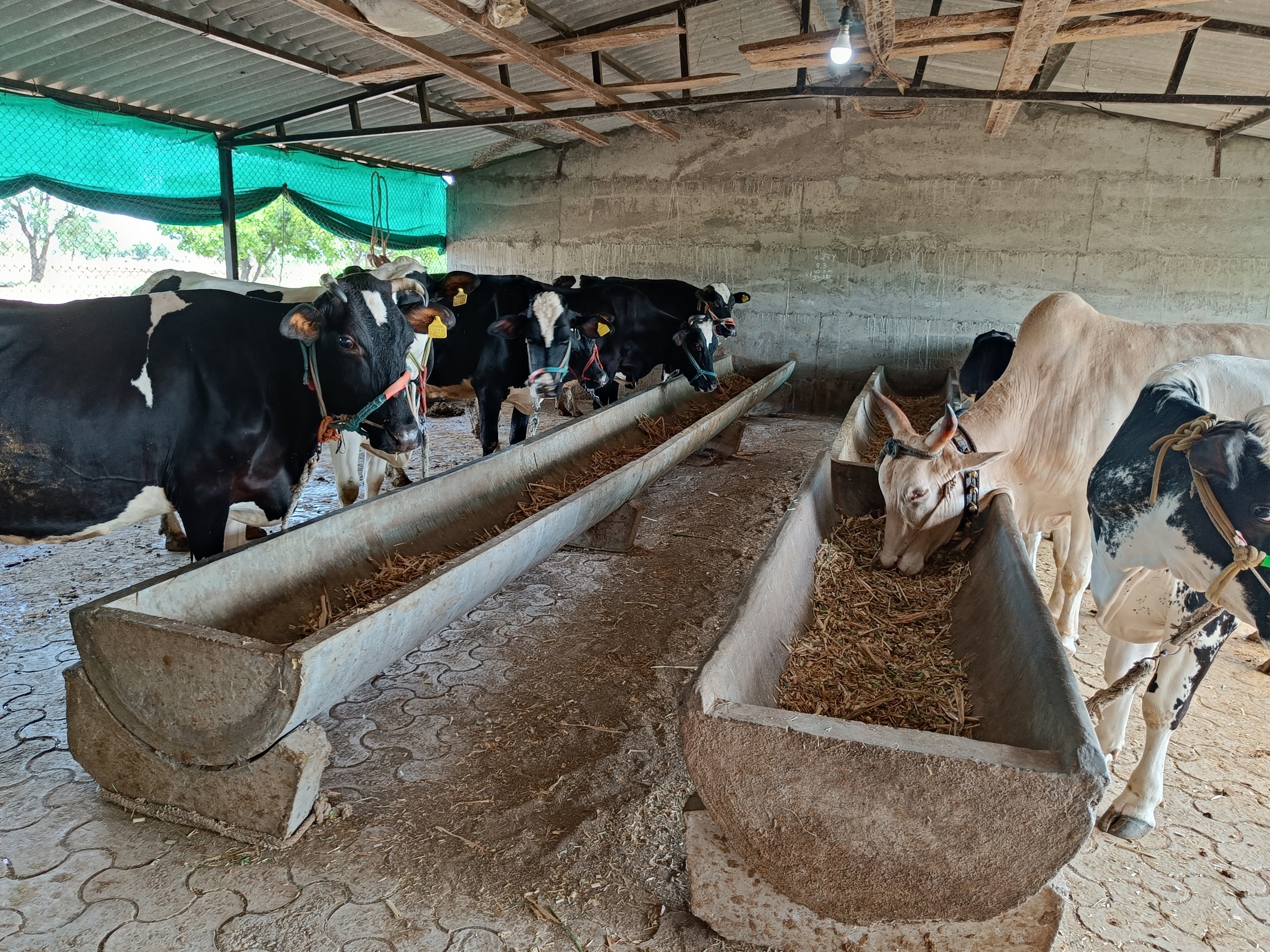
Milk yield and feed efficiency are intricately linked in dairy farming, influencing the overall productivity and profitability of the herd. Let's delve into the fascinating relationship between milk yield, digestibility of cattle feed, and their impact on feed efficiency.
Milk Yield and Feed Efficiency
High milk yield significantly influences feed conversion efficiency in dairy cows. Interestingly, the energy required for maintenance remains relatively constant regardless of milk production levels. Consequently, highly productive cows exhibit better feed conversion ratios and overall feed efficiency. Moreover, the stage of lactation plays a crucial role, with cows experiencing lower feed conversion efficiency during the latter half of lactation.
Digestibility and Feed Efficiency
Digestibility is a key determinant of feed efficiency in ruminants. Feeds with higher digestibility release more energy and protein per kilogram of dry matter, leading to improved feed conversion ratios. This underscores the importance of optimizing feed digestibility to enhance overall herd efficiency and productivity.
NASEM 2021 Guidelines and Protein Ratios
The recently revised NASEM guidelines for dairy cows propose different dietary protein ratios compared to previous standards, aiming to maximize dairy feed cost efficiency. Understanding the role of metabolizable protein (MP) in lactating dairy cows has unveiled novel connections between dietary protein and milk yield, further emphasizing the significance of balanced protein ratios in optimizing feed efficiency.
Amino Acids and Nitrogen Sources
Ruminal microbes play a pivotal role in dairy cattle feed conversion, requiring amino acids and peptides for optimal function. Different nitrogen sources exert diverse effects on nitrogen feed efficiency, necessitating careful selection and management. Amino acid sources, including rumen-degraded microbial protein, rumen-undegraded protein (RUP), and rumen-protected amino acids, are crucial for maximizing feed efficiency and herd productivity.
Monitoring Rumen Function
The amount of milk urea nitrogen (MUN) serves as a valuable indicator of rumen function, reflecting the ability of ruminal microflora to convert ammonia into microbial protein. Elevated MUN levels may signal poor rumen fermentation, leading to decreased fertility and feed efficiency in cattle. Regular monitoring of MUN levels is essential for maintaining optimal rumen health and maximizing feed efficiency.
In conclusion, understanding the intricate interplay between milk yield, digestibility, and feed efficiency is essential for optimizing dairy farming operations. By implementing targeted strategies and leveraging scientific insights, dairy farmers can unlock greater efficiency, profitability, and sustainability in their operations.
